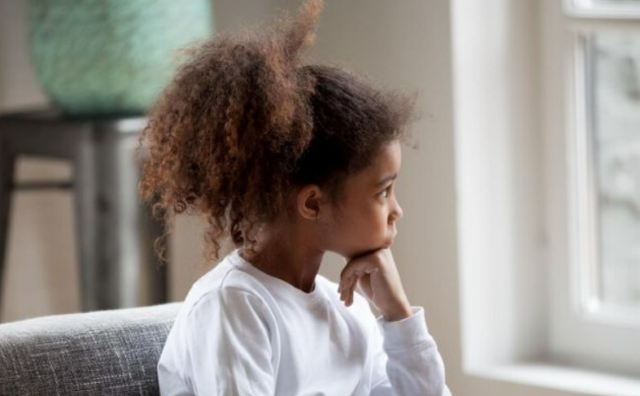For generations, teen rebellion has had a familiar scent a mix of cheap wine, cigarette smoke, and independence. But new research suggests that today’s teens, particularly those of Generation Alpha, are rewriting that story.

Per new data from consumer research platform Attest, only 20% of 15- to 16-year-olds have tried alcohol, compared to 71% of 10th graders in 2000. Cigarette use has dropped to 14%, and just 6% of teens have experimented with drugs. Even marijuana use is down sharply from previous decades.
While those numbers seem encouraging, experts warn they don’t tell the full story and parents need to listen up and be aware.
“The rebellion has moved online, and it’s much harder for adults to see,” says Saba Harouni Lurie, LMFT, ATR-BC, a family therapist and founder of Take Root Therapy told Parents in a recent interview. “When I was younger, rebellion was visible. Now, a teen can sit in their room looking perfectly compliant while they’re engaging in all kinds of boundary-pushing behavior on their phone.”

This digital shift has created a generational divide. Teens are spending less time socializing in person and far more time on screens. “What concerns me as both a clinician and a parent is that while substance use has declined, so has in-person socialization,” says Lurie. “So while the reduction in risky behavior is positive, I’m not sure we can conclude that Gen Alpha is simply choosing healthier lifestyles.”
Mackenzie Sommerhalder, PhD, assistant professor in child and adolescent psychiatry at Johns Hopkins School of Medicine, agrees. “One might conceptualize increased use of social media and artificial intelligence (AI) as risk-taking behavior. The negative side-effects of these tools on adolescent development are well known, and yet adolescents continue to engage with the tools.”

Attest’s data shows that 55% of teens spend more than three hours a day on social media, with TikTok, YouTube, and Snapchat leading the pack. For many, it’s harmless fun, but for others, it opens the door to darker corners of the internet. “Teens are often calling people out on social media, posting things their parents might be horrified by, and spending time in online communities that can be pretty dark,” says Lurie. “Some are creating or sharing sexual content, and many are consuming things that they’re not developmentally ready for.
Research from Bark Technologies found that 63% of tweens and 77% of teens have interacted with sexual content online. Dr. Sommerhalder notes that the adolescent brain’s “underdeveloped impulse control” makes it difficult for teens to disengage from the constant pull of notifications and online attention.

Despite constant connectivity, experts say many teens report feeling lonelier than ever. “It’s hard to say definitively since they’re still so young, but what I’m noticing is this paradox between how this generation is constantly connected online but really isolated in person,” Lurie says. “The kids I see spend hours on their devices, yet many report feeling deeply lonely.”
The CDC reports that 40% of high school students experience persistent feelings of sadness or hopelessness, highlighting a growing mental health crisis. Dr. Joel Stoddard, child and adolescent psychiatrist at Children’s Hospital Colorado, adds, “While risky substance use and sexual activity has decreased, safe sex practice has decreased and reporting mental distress has increased.”
Experts say the solution lies in presence and boundaries. Lurie recommends that parents stay engaged in their children’s digital lives, even when it’s uncomfortable. “That includes having access to their accounts, checking in on what they’re posting and who they’re interacting with, and having ongoing conversations about what they’re seeing online, even when those conversations are uncomfortable,” she says. “It’s not about being invasive or controlling, but about staying connected to a huge part of their world that’s largely invisible to us as adults.”

She also encourages parents to help teens rediscover real-world connection.
“I tell parents to look for opportunities to say yes to in-person activities and to actively help facilitate them when they can, even when it feels inconvenient,” she says. “Drive them to meet friends. Let them hang out at your house. Create space for the unstructured social time that this generation is missing.”







